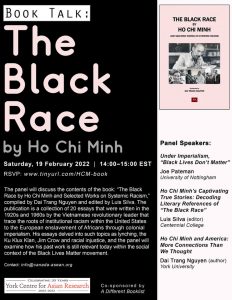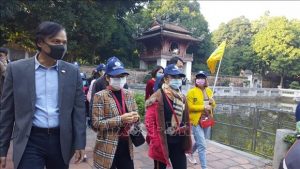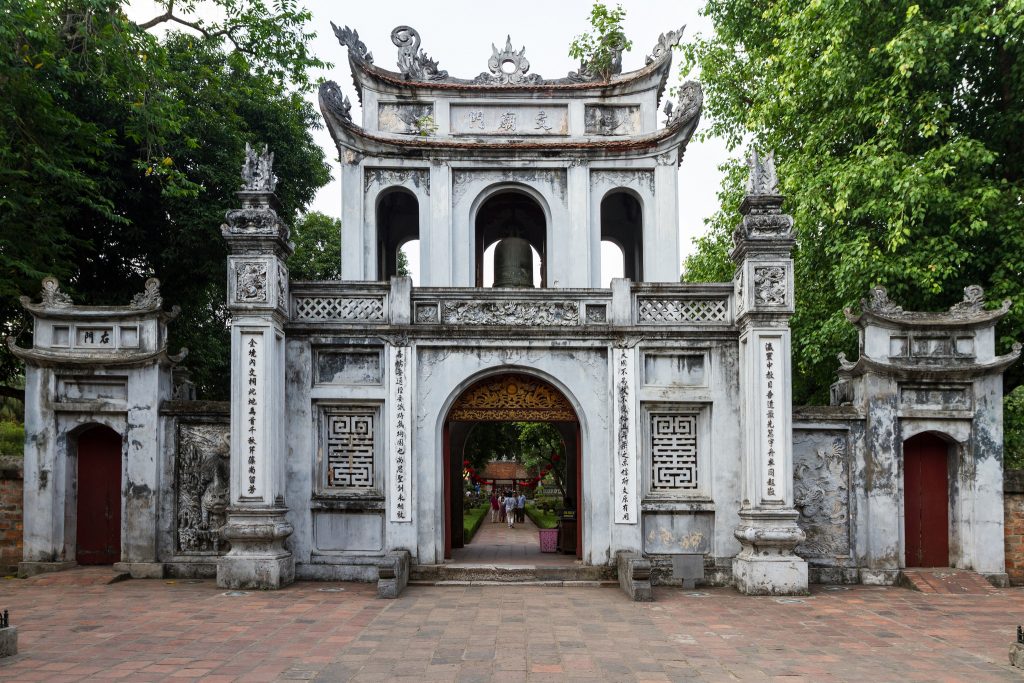
The Temple of Literature (Văn Miếu – Quốc Tử Giám) is a rare example of well-preserved traditional Vietnamese architecture dedicated to Confucius and honours Vietnam’s finest scholars. As Vietnam’s first national university, the Temple of Literature is a place of study rather than a religious landmark. It is ranked in Hanoi’s categories of historic sites, points of interest and landmarks, sacred and religious sites. Read more.
Photo: Vietnam Travel
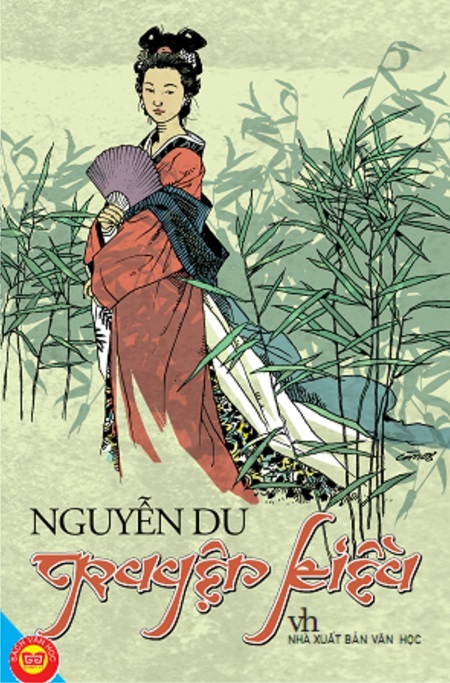
Truyện Kiều (The Tale of Kiều), written by Nguyễn Du (1765−1820) is regarded as the most significant poem in Vietnamese literature. It was composed in Lục-bát (6-8) stanzas and its original title in Vietnamese is Ðoạn Trường Tân Thanh (A new cry from a broken heart). However, it is better known as Truyện Kiều or Kim Vân Kiều. Read more.
Photo: NXB Văn học
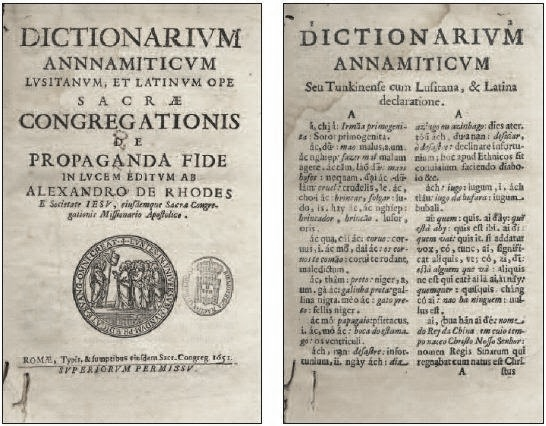
Portuguese missionaries were the first Europeans to come into contact with the Vietnamese people in the 16th century. Francisco de Pina, Gaspar do Amaral and António Barbosa were Jesuit priests from Portugal who developed the Latin-based Vietnamese alphabet, but the French missionary Alexandre de Rhodes got the credit as he published the first Vietnamese-Portuguese-Latin dictionary. The Vietnamese used both the character-based system (chữ Nôm) and the Latin-based alphabet until 1945 when Vietnam gained independence from France and Japan. President Ho Chi Minh encouraged the people to learn the Latin-based alphabet and thus raised the literacy rates quickly in Vietnam in just a few years. Today Vietnam’s literacy rate is among the highest in the world.
Photo: Creative Commons

